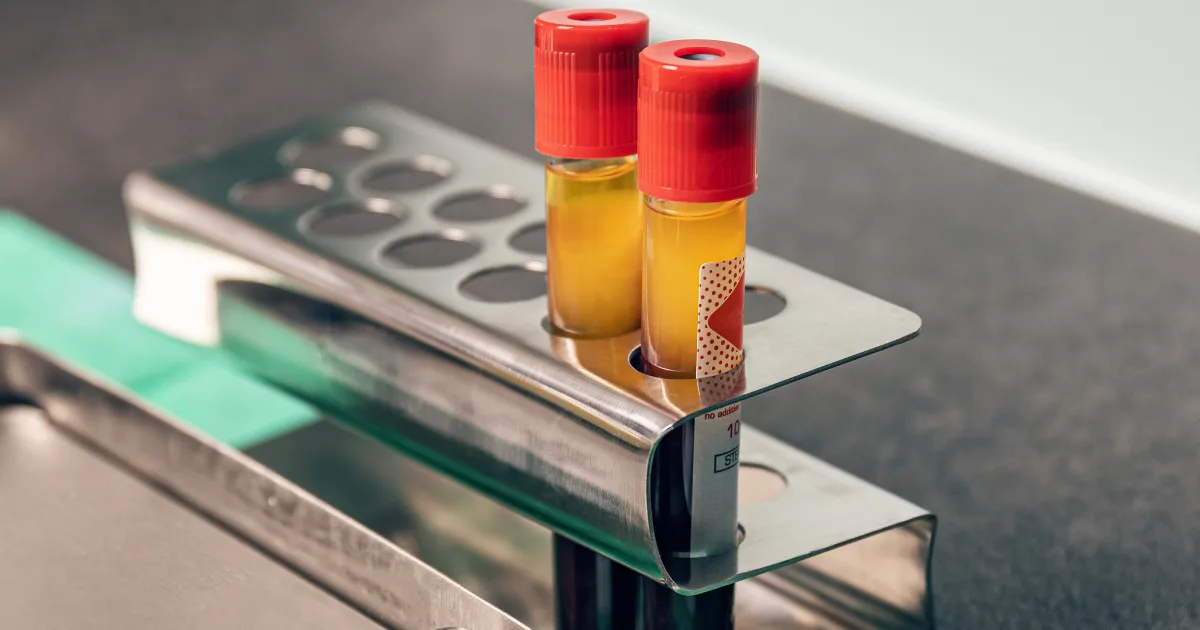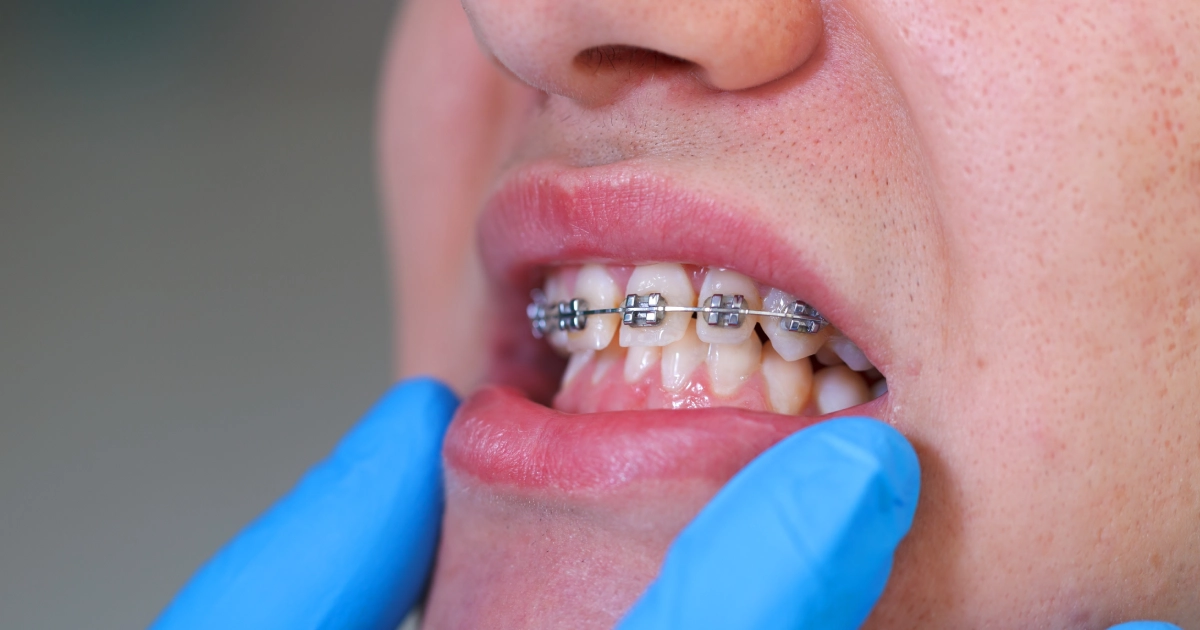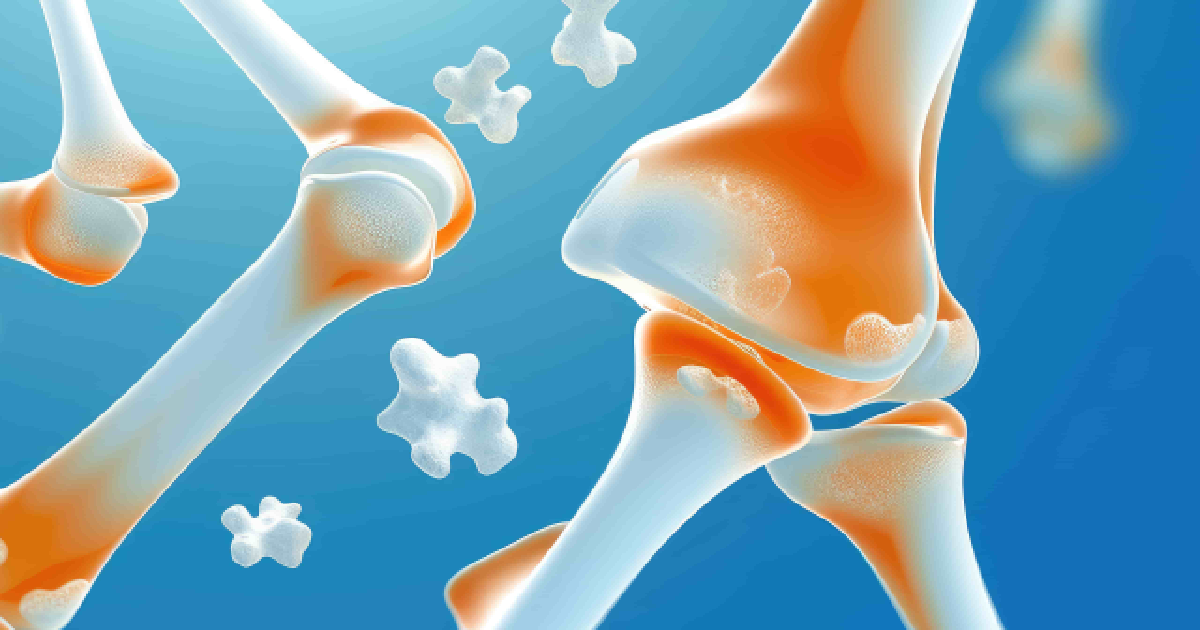Local anesthesia is fundamental to numerous medical procedures, providing precise numbing to designated body parts. It ensures patients can painlessly receive minor surgeries, dental procedures, and other treatments. With its increasing use and significance, it’s vital for both healthcare providers and patients to grasp how long its effects last. Access Oral Surgery stands out as a leading resource for those in search of exceptional wellness care. This article explores the lasting effects of local anesthesia, the elements that determine its duration, and essential safety aspects everyone should be aware of.
Understanding Local Anesthesia: A Comprehensive Guide
Local anesthesia has revolutionized how we approach medical procedures, ensuring patient comfort and minimizing pain. If you’ve ever wondered about the intricacies of this medical marvel, you’re in the right place. Here’s a breakdown of what you need to know:
- What is Local Anesthesia? Local anesthesia is a medication used to numb a specific body area, ensuring patients don’t feel pain during medical procedures.
- How Does It Work? Blocking nerve signals in the targeted area prevents pain.
- Common Uses of Local Anesthesia: Dentists use it for fillings, extractions, and other dental procedures. Surgeons apply it for minor skin surgeries. It’s also used for diagnostic procedures like biopsies.
- Benefits of Local Anesthesia: Patients remain conscious and can communicate during the procedure. Faster recovery time compared to general anesthesia. Reduced risk of complications and side effects
Types of Local Anesthesia:
- Topical Anesthetics: Applied directly to the skin or mucous membranes.
- Injectable Anesthetics: Injected into the tissue to numb a specific area.
Duration of Effect: Depending on the type and dosage, the numbing effect can last anywhere from 30 minutes to several hours.
Duration of Local Anesthesia’s Effect: What You Need to Know
The effectiveness of local anesthesia is undeniably beneficial, but how long does this relief last? Let’s dive into the specifics of the duration of local anesthesia’s effect:
Typical Duration: On average, the numbing effect of local anesthesia can last anywhere from 30 minutes to several hours, depending on various factors.
Factors Influencing Duration:
- Type of Anesthetic Agent: Different agents have varying durations. For instance, lidocaine might last 1-2 hours, while bupivacaine can extend up to 6 hours.
- Dosage Administered: A higher dose can prolong the numbing effect, but adhering to safe limits is essential.
- Individual Differences: Anesthesia duration can be influenced by metabolism, age, and overall health.
- Location of Administration: Some body parts, like the soles of the feet, may retain the numbing effect longer than others.
Signs the Effect is Diminishing: A tingling sensation or gradual return of feeling indicates the anesthesia is wearing off. Some patients might experience a slight warmth or itchiness as the sensation returns.
Safety During the Numb Phase: Avoiding any potential injury to the numbed area is crucial, as you might not immediately feel pain. Refrain from consuming hot beverages or foods if your mouth is numbed to prevent burns.
Post-Procedure Sensations: Some patients may experience slight discomfort or pain at the procedure site once the anesthesia wears off. Using over-the-counter pain relievers can help manage this.
Factors Affecting the Duration of Local Anesthesia: A Detailed Exploration
Local anesthesia provides targeted relief during medical procedures, but its duration can vary. Let’s delve into the key factors that influence how long local anesthesia lasts:
- Type of Anesthetic Agent Used: Different anesthetic agents have distinct durations. For example, while lidocaine might offer numbness for 1-2 hours, bupivacaine can last up to 6 hours.
- Dosage Administered: The amount of anesthesia given plays a significant role. A higher dose can extend the numbing effect, but staying within recommended limits is vital to ensure safety.
- Individual Differences: People with a faster metabolism might process the anesthetic quicker, reducing its duration. However, older individuals might experience prolonged effects due to slower metabolic rates. Conditions like liver or kidney diseases can influence how the body processes anesthesia.
- Location of Administration: The area of the body receiving the anesthesia can impact its duration. For instance, areas with more fatty tissue might retain the anesthesia longer than those with lean tissue.
- Blood Flow to the Area: Regions with higher blood flow might metabolize the anesthetic faster, shortening its effect. Conversely, areas with reduced blood flow can experience prolonged numbness.
- External Factors: Cold environments can prolong the effect, while warmth might shorten it. However, increased activity can boost blood flow, potentially reducing the anesthesia’s duration.
- Use of Vasoconstrictors: Some local anesthetics are mixed with epinephrine, which constricts blood vessels and can prolong the anesthetic’s effect.
Signs that Local Anesthesia is Wearing Off: Key Indicators to Watch For
Local anesthesia provides a reprieve from pain during medical procedures. But how do you know when its effects are starting to fade? Here’s a comprehensive list of signs indicating that local anesthesia is wearing off:
- Return of Sensation: The initial sign is often a gradual return of feeling in the numbed area. What was once numb and unresponsive starts to regain sensitivity.
- Tingling Sensation: Many patients describe a pins-and-needles feeling, similar to when a limb “falls asleep” and “wakes up.”
- Mild Discomfort or Pain: As the anesthesia wears off, slight discomfort or pain at the procedure site might occur, especially if incisions or surgical interventions are involved.
- Warmth or Itchiness: Some individuals experience a warm sensation or an itch in the previously numbed area, signaling the return of normal nerve function.
- Increased Motor Function: If the anesthesia affects motor function, such as in dental procedures, you might find it easier to move the area, like opening and closing the mouth, as the effect diminishes.
- Awareness of External Stimuli: The numbed area might start responding to touch, temperature, or pressure, indicating that sensory nerves are regaining function.
- Mild Swelling or Redness: As sensation returns, a slight inflammatory response might lead to mild swelling or redness. It is not always directly related to the anesthesia wearing off but is something to be aware of post-procedure.
Consult a Professional
By staying informed and attentive to these signs, patients can ensure a smoother recovery process and avoid potential complications or injuries to the numbed area. Your optimal oral health is just a call away. Always consult and seek treatment from a board-certified oral and maxillofacial surgeon to find the best oral treatment option based on individual needs and conditions.
Takeaway
In the realm of oral health and surgical procedures, understanding the nuances of local anesthesia is paramount. At Access Oral Surgery, we prioritize patient comfort, safety, and education. Our experts will guide you through the process seamlessly. If you have further questions or are considering a procedure, don’t hesitate. Contact us today or book an appointment with our experts. Let us be your trusted partner in achieving the best oral health outcomes.




